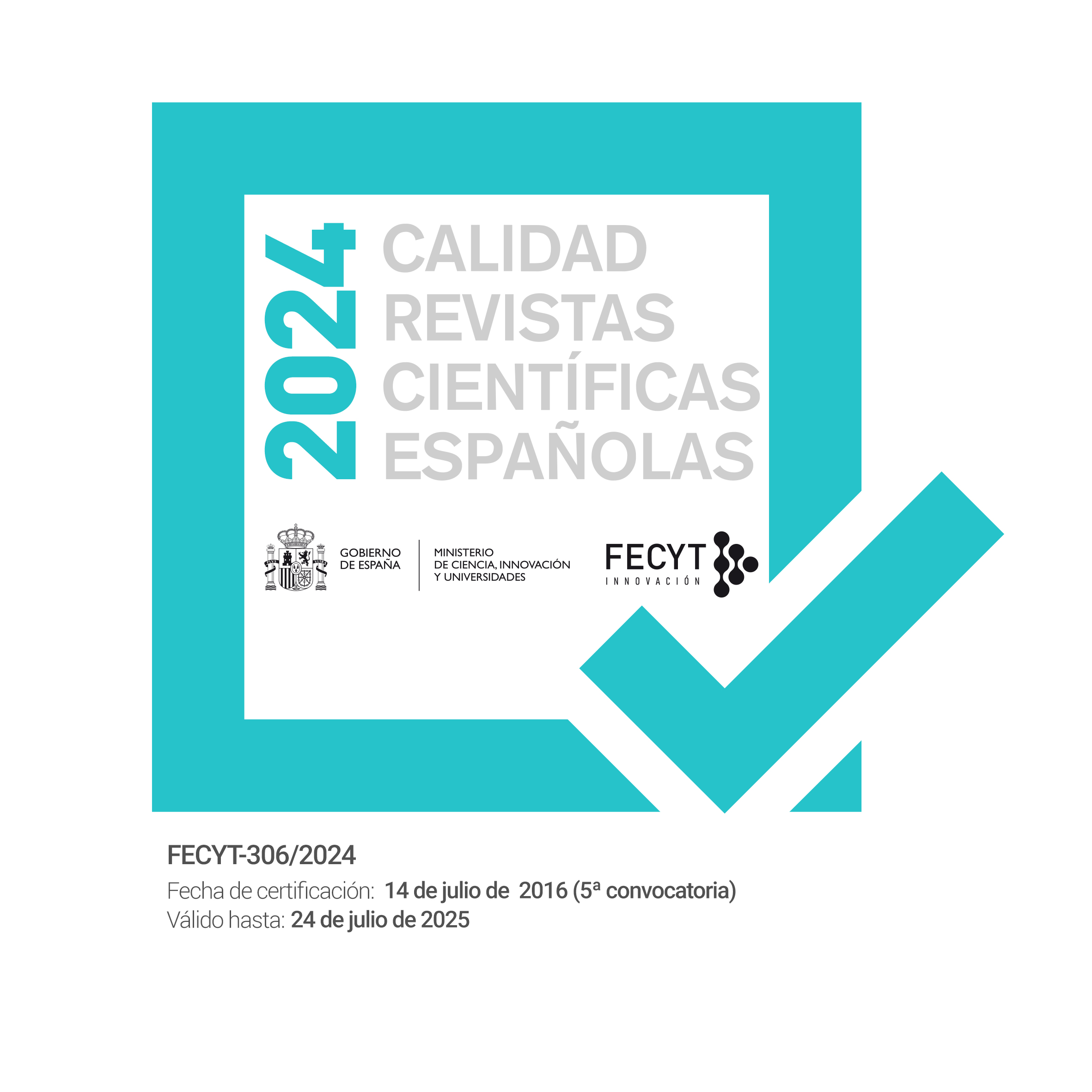More spectacular or more dangerous? Recent changes in the tension balance of artistic gymnastics?
DOI:
https://doi.org/10.22325/fes/res.2019.11Keywords:
artistic gymnastics, tension balance, figuration, Elias, rulesAbstract
This paper analyses the recent changes in artistic gymnastics through the concept of tension balance, as developed in the sociology of Norbert Elias. For sports to offer an adequate stimulation, a certain balance between intensity/emotional decontrol and security/emotional control is needed. In the case of artistic gymnastics, the tendency towards specialization and the increase of difficulty in the performance was due to a blind process. Within this process, a combination of improvements in the materials (especially in floor and vault events) and changes in the rules resulted in the development of a more spectators appealing gymnastics at expense of increasing the risk for the athletes. Floor, vault and horizontal bar events were the most affected through this process.
References
Eagleman, A. N., Karg, A., Rodenberg, R. M. (2012). Olympic Sport Governance Structures: The Case of Two National Governing Bodies in Gymnastics. Case Studies in Sport Management, 1(1), 47-58.
Elias, N. (1986). El proceso de la civilización. Investigaciones psicogenéticas y sociogenéticas. Méjico: FCE.
Elias, N. (1994). Conocimiento y poder. Madrid: La Piqueta.
Elias, N., Dunning, E. (1992). Deporte y Ocio en el proceso de la civilización. Méjico: FCE.
“Fabian Hambüchen blames gymnastics scoring system for horror injuries” (2016). The Guar- dian (en línea), https://www.theguardian.com/ sport/2016/aug/07/fabian-hambuchen-gyn- astics-injuries-samir-ait-said-andreas-toba, acceso: 24 de noviembre de 2017.
Malcolm, D., Sheard, K. (2002). “Pain in the as- sets”: The effects of commercialization and professionalization on the management of in- jury in English rugby union. Sociology of Sport Journal, 19(2), 149-169.
McCarthy, B. (2011). From Shanfan to Gymnas- tike: How online fan texts are affecting access to gymnastics media coverage. Interna- tional Journal of Sport Communication, 4(3), 265-283.
Nixon, H. L. II. (1992). A social network analysis of influences on athletes to play with pain and in- juries. Journal of Sport and Social Issues, 16, 127-135.
Pfister, G. (2003). Cultural confrontations: German Turnen, Swedish gymnastics and English sport- European diversity in physical activities from a historical perspective. Culture, Sport, Society, 6(1), 61-91.
Roderick, M., Waddington, I., Parker, G. (2000). Playing hurt: Managing injuries in English professional football. International Review for the Sociology of Sport, 35, 165-180.
Sánchez García, R. (2009). Boxeo y proceso de civilización en la sociedad española. Apunts: Educación Física y Deportes, 96, 5-13.
Sánchez García, R., Malcolm, D. (2010). Decivilizing, civilizing or informalizing? The international development of Mixed Martial Arts. International Review for the Sociology of Sport, 45(1), 39-58.
Zimbalist, A. (2016). Circus maximus: el negocio económico detrás de los juegos olímpicos y el mundial de fútbol. Madrid: Akal.
Downloads
Published
How to Cite
Issue
Section
License
• The transfer of the copyright of the article to Revista Española de Sociología.
• The assignment to the Revista Española de Sociología of the rights of commercial exploitation of the article to third parties both in the offset and digital formats, as well as to the search engines and platforms that may serve as intermediaries for the sale or knowledge of the article.



